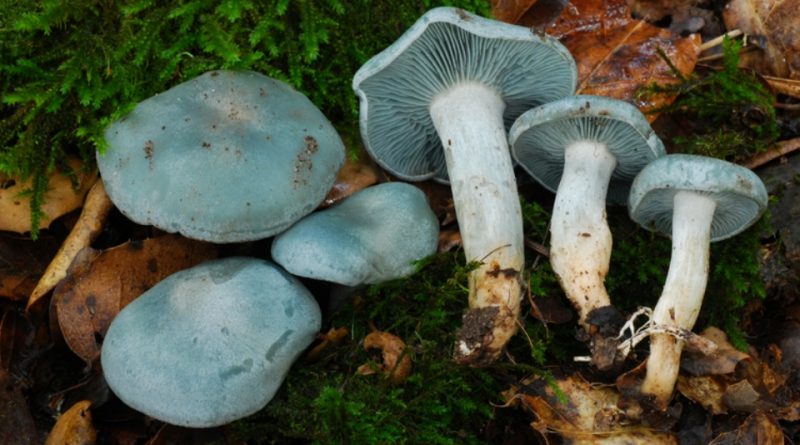Clitocybe odora
Clitocybe odora
The anise mushroom or Anicino (Clitocybe odora (Bull.) P. Kumm., 1871) is a fungus belonging to the family Tricholomataceae.
Systematics –
From the systematic point of view it belongs to the Domain Eukaryota, Kingdom Fungi, Basidiomycota Division, Class Basidiomycetes, Order Agaricales, Family Tricholomataceae and then to the Genus Clitocybe and to the C. Species odora.
The term Viridis odora is synonymous.
Etymology –
The term Clitocybe comes from the Greek κλῑτύς clitús declivio, slope and κύβη cýbe head: from the inclined head, for the shape of the hat generally funnel-shaped, due to the decurrent lamellae. The specific epithet odora derives from odor odor: odorous, perfumed, with a grateful smell.
Geographic Distribution and Habitat –
The Clitocybe odora is a saprophytic mushroom that fructifies on the litter of broad-leaved woods, in the pastures and on the moors, in the period between summer and autumn. It is found in groups.
Recognition –
The aniseed mushroom is recognized by a 3-8 cm diameter hat, convex-campanulate with a central umbo, then flat and irregular, with a revolved margin, sometimes wavy and cracked. The cuticle is moist, glabrous, of a blue-greenish color, greyish and with greenish reflections. The lamellae are not very dense, long, a little decurrent, of whitish color, with green or brownish-yellow hues. The stem is cylindrical, smooth, concolour to the hat, with white rhizomorphic remains of mycelium. The meat has a white or pale green color, immutable, with a strongly anisato odor and a similar taste. The microscope shows spores of 7-9 x 4-5 μm, elliptic, smooth, hyaline, white in mass.
Cultivation –
Clitocybe odora is not a cultivated fungus.
Uses and Traditions –
The aniseed mushroom or Anicino is a very known and unmistakable mushroom, because of its smell, so much so that you can guess its presence even before you see it. For this reason it is easy to determine even if it comes with very faded or completely gray colors.
The good smell of anise has favored the use of this mushroom to flavor liqueurs and sweets, but it is almost unusable in the kitchen due to the intensity of the aroma; someone seems to have successfully used the mushroom in the preparation of ice cream.
As far as edibility is concerned, it can be classified as discrete but not appreciated by everyone for its full flavor of anise; for this reason it is advisable to consume it mixed with other mushrooms as it retains the strong odor even after cooking.
in any case, edibility occurs if cooked and, in any case, always better if consumed mixed with other mushrooms due to the strong odor that it retains even after cooking. For some it can cause allergic-type disorders.
Preparation Mode –
Its consumption is interesting for those who love the smell of anise. In fact it has an intense smell and anise flavor even after cooking.
In the kitchen it is advisable to consume it mixed with other fungal species to dilute the very strong aniseo flavor that, in pure preparation could give some annoyance; just think that a single carpophore can be clearly perceived in a not very small mixture of mushrooms.
Guido Bissanti
Sources
– Wikipedia, the free encyclopedia.
– Cetto B., 2008. Real mushrooms, Saturnia, Trento.
– Pignatti S., 1982. Flora of Italy, Edagricole, Bologna.
– Conti F., Abbate G., Alessandrini A., Blasi C. (edited by), 2005. An annotated checklist of the Italian vascular flora, Palombi Editore.
Attention: Pharmaceutical applications and alimurgical uses are indicated for informational purposes only, they do not in any way represent a medical prescription; there is therefore no liability for their use for curative, aesthetic or food purposes.


